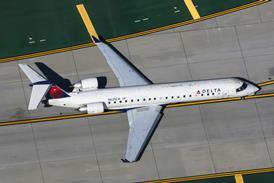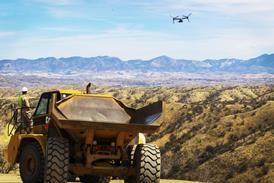NASA has awarded two Cycle 2 Space Launch Initiative (SLI) contracts for the development of flight demonstrator technologies to Boeing Phantom Works and Lockheed Martin.
The eventual flight demonstrators will mature the technologies needed to support full-scale development design of a future competitively-selected Orbital Space Plane under the restructured SLI effort.
Boeing will continue work on its X-37 flight demonstrator under a $301 million contract, while Lockheed Martin will work on a launch pad abort demonstrator under a $53 million contract.
The X-37 will be used as the first SLI flight demonstrator testbed, proving embedded technologies in ascent, on-orbit and descent phases, including guidance, navigation and control systems, and thermal protection including high temperature structures, conformal reusable insulation and tile leading edges.
Boeing will complete a series of atmospheric approach and landing tests scheduled for mid 2004. During these trials the X-37Approach and Landing Text Vehicle will be dropped from 45,000ft (13,725m) by NASA's Boeing B-52 mothership and will fly an autonomous descent and landing at Edwards AFB, California. The company will also build a "space transportation research orbital vehicle", with an orbital flight due in mid 2006, says NASA.
The X-37 is in final assembly at Boeing's Palmdale factory. It is 8.4m (27.5ft) long, with a 4.6m wingspan.
Lockheed will build a full-scale reusable system to demonstrate crew escape technologies, such as escape propulsion systems, and parachute deployment, vehicle orientation, landing techniques and external aeroshell configurations, says NASA. The agency adds that the vehicle may be upgraded to test additional technologies as they mature.
Source: Flight International























